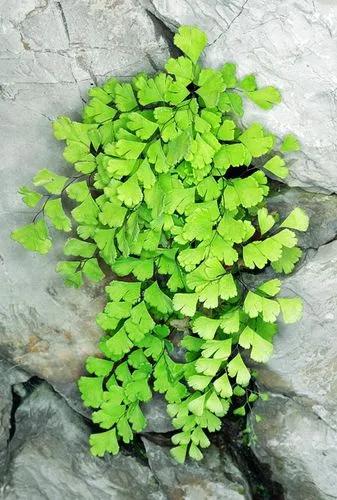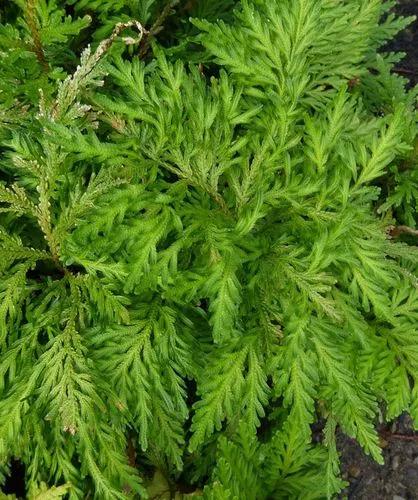Osmundastrum cinnamomeum, commonly called cinnamon fern, is a Missouri native fern which occurs in moist, boggy ground along streams and on shaded ledges and bluffs, primarily in the eastern Ozark region of the State. Typically grows in clumps to 2-3' tall, but with constant moisture can reach 5' in height.
Cinnamon Fern Care
Osmundastrum Cinnamomeum



How to Care for the Plant

Water

These swamp loving plants require a great deal of water.

Pruning

Keep your ferns healthy and strong by removing dropped and dead leaflets and fronds as needed. This will help prevent problems with fungal development while maintaining a tidy appearance.

Fertilizer

It’s best to grow them in soil that is rich in organic compost for consistent, continuous feeding.

Sunlight

hese shade loving plants naturally prefer a wooded setting, but they can tolerate sun (even full sun) if they are standing in water. In areas with only moist or damp soil, these ferns require partial to full shade.

Soil

These hardy native ferns do very well in acidic wet soil that is rich in humus. Mud, sand, sandy loam, clay, clay loam and calcareous soils are all acceptable. The pH level should be 6.8.

Temperature

Cinnamon Osmunda Fern is winter hardy in USDA hardiness zones 3 through 9.

Additional

Enzootic hematuria, the most common form of bracken fern poisoning, primarily affects cattle and less frequently affects sheep. It is characterized by intermittent hematuria and anemia. Poisoning most often occurs during late summer when other feed is scarce, or when animals are fed hay containing bracken fern.

Popularity

140 people already have this plant 19 people have added this plant to their wishlists
Discover more plants with the list below
Popular articles






